Cuban cuisine is a vibrant tapestry of taste and tradition, serving as a cornerstone of social life in Cuba. Each dish tells a story of cultural resilience and collective memory, with flavors that echo the island’s diverse history. From the bustling streets of Havana to the tranquil countryside, food is more than sustenance—it’s a reason to gather, celebrate, and reinforce the bonds that define Cuban identity.
In the warmth of a Cuban kitchen, generations converge, sharing recipes passed down through time, each meal a testament to the island’s spirit of unity. The act of preparing and sharing food transcends mere eating; it becomes a ritual that honors the past, sustains the present, and seeds the future.
This essay delves into the profound social significance of Cuban meals, revealing how they are instrumental in knitting the fabric of Cuban society.

The Heart of Cuban Homes: The Kitchen
In Cuba, the kitchen is more than just a space for cooking; it’s the heart of the home where family life thrives. It’s a place of warmth and aroma, where the clatter of pots and pans accompanies the rhythm of daily life. The Cuban kitchen is a sacred space that fosters familial bonds and nurtures relationships.

Traditional Cooking Methods as a Means of Familial Bonding
Cuban cooking is an art form passed down from generation to generation. It’s in the kitchens where grandparents teach grandchildren the subtleties of seasoning, where parents share with their children the secrets of perfecting a traditional ropa vieja or a hearty ajiaco. These moments are about more than just preparing food; they are cherished instances of learning and love, where stories and laughter are shared as freely as recipes.
The act of cooking together is a collaborative effort that reinforces family ties. It’s a time for teaching and learning, for preserving heritage, and for creating memories. The traditional methods—whether it’s slow-cooking beans in an olla de presión (pressure cooker) or preparing a lechón asado (roast pork) in a makeshift outdoor oven—are rituals that embody the Cuban spirit of resourcefulness and community.
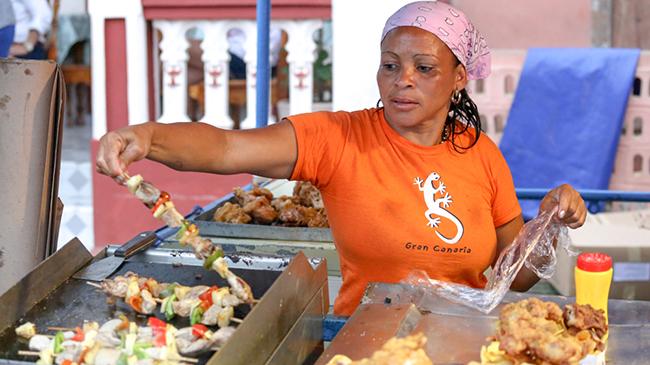
The Role of the Kitchen in Cuban Family Life
The kitchen is the stage for daily gatherings. Here, the family comes together not just to eat but to engage in the day’s storytelling. It’s where plans are made, where news is shared, and where support is given and received.
In times of celebration, the kitchen overflows with joy and abundance; in times of hardship, it becomes a place of comfort and solidarity.

In many Cuban homes, meals are prepared and enjoyed without the distraction of technology, allowing for a pure connection between individuals. The focus is on the food and each other, fostering an environment where every meal is an opportunity for deeper understanding and appreciation of one another.
Cuban Meals: A Symbol of Unity
In Cuba, communal meals are a cherished tradition, embodying the spirit of unity and togetherness that is central to Cuban culture. These shared dining experiences are far more than just eating; they are a celebration of community and a reinforcement of social bonds.

The Significance of Shared Meals in Cuban Communities
Shared meals in Cuban communities are a time-honored tradition that brings people together. Whether it’s neighbors gathering for a spontaneous street feast or families uniting for a Sunday dinner, these occasions are pivotal in fostering a sense of belonging and solidarity. The communal table is a place where everyone is equal, and the act of sharing food symbolizes the shared experiences and mutual support that are the bedrock of Cuban society.
In urban neighborhoods and rural villages alike, communal meals are a common sight. They serve as an open invitation for all to join, reinforcing the idea that no one should eat alone. This practice not only strengthens existing relationships but also creates new ones, weaving a tighter social fabric with every shared meal.
How Food Serves as a Common Language Bridging Generational Gaps
Food is the universal language that transcends age, bridging the gap between the young and the old. In Cuba, recipes and cooking techniques are a legacy passed down through generations. As the evolution of Cuban cuisine continues, elders teach the younger members how to prepare traditional dishes, they impart wisdom and share stories, thus preserving the cultural heritage.

This intergenerational exchange is crucial in keeping Cuban traditions alive. It ensures that the essence of Cuban identity—its flavors, aromas, and culinary customs—continues to flourish. Through these shared experiences, the younger generation learns about their history and the importance of maintaining these communal bonds.
Celebrations and Feasts: Culinary Centerpieces
Cuban celebrations and feasts are vibrant events where food plays a central role, reflecting the island’s rich cultural heritage and communal ethos. Each festivity is marked by an array of dishes that not only tantalize the taste buds but also serve as culinary centerpieces around which people gather to celebrate life’s milestones.

The Importance of Food in Cuban Celebrations and Holidays
In Cuba, food is the essence of celebration. Whether it’s a national holiday, a religious festival, or a family milestone, the preparation and sharing of food are integral to the festivities. Dishes such as lechón asado (roast pork), yuca con mojo (cassava with garlic sauce), and arroz con pollo (rice with chicken) are not just meals; they are symbols of joy and unity.
During Christmas, Nochebuena (Christmas Eve) is celebrated with a feast that brings families and friends together. The lechón asado, slow-roasted over an open fire, becomes the centerpiece of the evening, symbolizing abundance and togetherness. Similarly, during Carnaval, streets come alive with music, dance, and food stalls serving everything from sweet churros to savory empanadas, creating a festive atmosphere that unites the community.
Examples of Dishes that are Central to Cuban Festivities

Certain dishes have become synonymous with specific Cuban celebrations. For instance, tamales—corn dough stuffed with meat and steamed in corn husks—are a staple during Fiesta de San Juan, reflecting the agricultural roots of the festival. Ajiaco, a hearty stew made with various meats and vegetables, is often served during independence celebrations, symbolizing the melting pot of Cuban culture.
The Cuban sandwich, layered with ham, roasted pork, Swiss cheese, pickles, and mustard, is a popular choice for informal gatherings and picnics, embodying the fusion of flavors that define Cuban cuisine. Desserts like flan (caramel custard) and turrón (nougat) are also essential, providing a sweet end to the communal feasts.
The Social Impact of Rationing and Creativity
The Cuban culinary landscape has been uniquely shaped by the social and economic challenges of rationing. This section explores the impact of these constraints on creativity and community support within Cuban society.
Influence of Historical Socio-Political Changes on Cuban Cuisine
Cuba’s history is marked by periods of economic hardship, significantly influencing its cuisine. The introduction of a rationing system designed to ensure equitable food distribution has had a profound effect on what and how Cubans eat. Despite limited resources, Cuban cuisine has retained its flavor and diversity, a testament to the ingenuity and resilience of its people.

Rationing System and Its Effect on Culinary Creativity and Community Support
The rationing system, while restrictive, has inadvertently fostered a culture of culinary creativity. Cubans have become adept at using available ingredients to create dishes that are both nutritious and flavorful. This resourcefulness is evident in the popularity of dishes like picadillo a la habanera (ground beef hash Havana-style), which can be made with a variety of substitutions depending on what is available.
Moreover, the rationing system has strengthened community ties, as neighbors often share ingredients and meals. This collective approach to cooking and eating not only alleviates the strain of food shortages but also reinforces the social support network that is central to Cuban life.
Final Thoughts
Cuban cuisines are more than just food; they bring people together. In Cuba, cooking and eating are ways to make friends and keep families close. Kitchens are busy places where everyone talks, laughs, and cooks together. When Cubans eat together, it’s like a big family, and everyone is welcome. Festivals and parties in Cuba are full of tasty food that everyone enjoys.
Even when there’s not much food, Cubans are great at making delicious meals with whatever they have. This shows how creative and friendly they are, always ready to share. Cuban meals are special because they’re about sharing and caring. They show the world how Cubans value friendship and family, making every meal a celebration of being together.
Disclosure: Our blog contains affiliate links to products. We may receive a commission for purchases made through these links. However, this does not impact our reviews and comparisons. We try our best to keep things fair and balanced, in order to help you make the best choice for you.
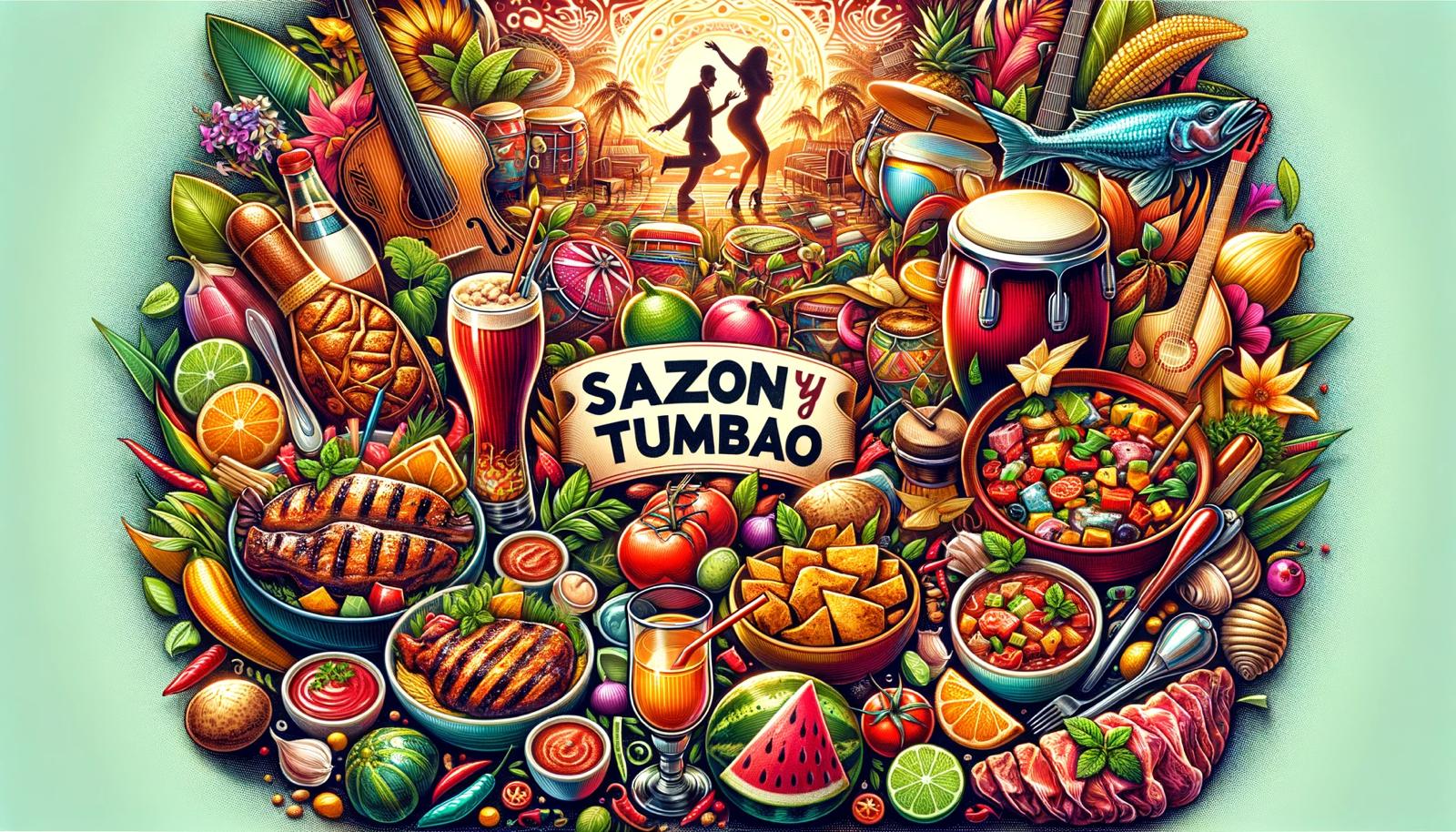

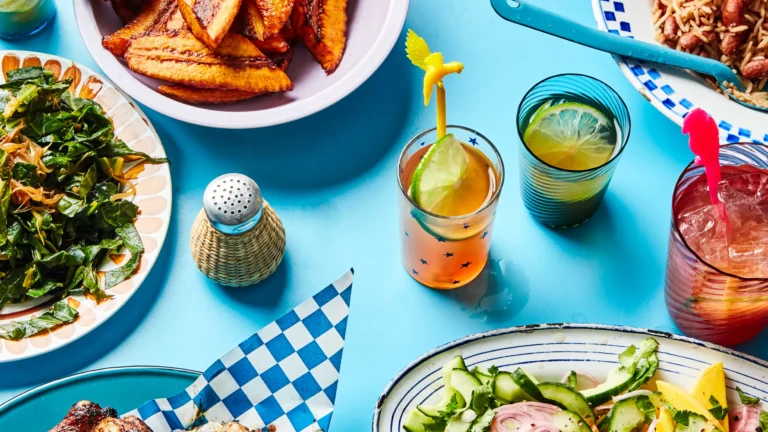
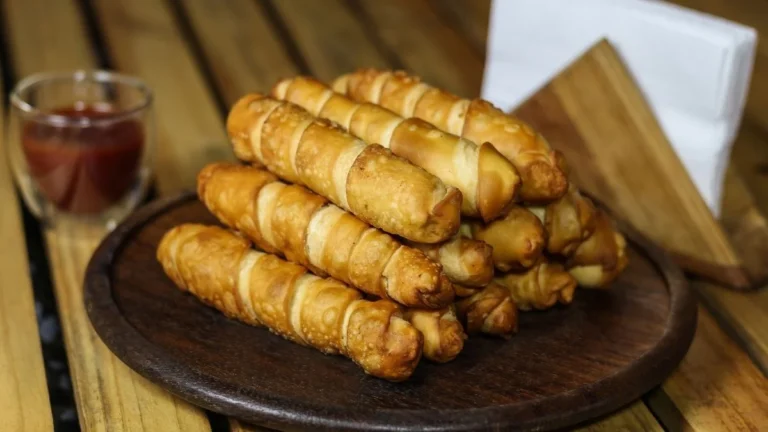
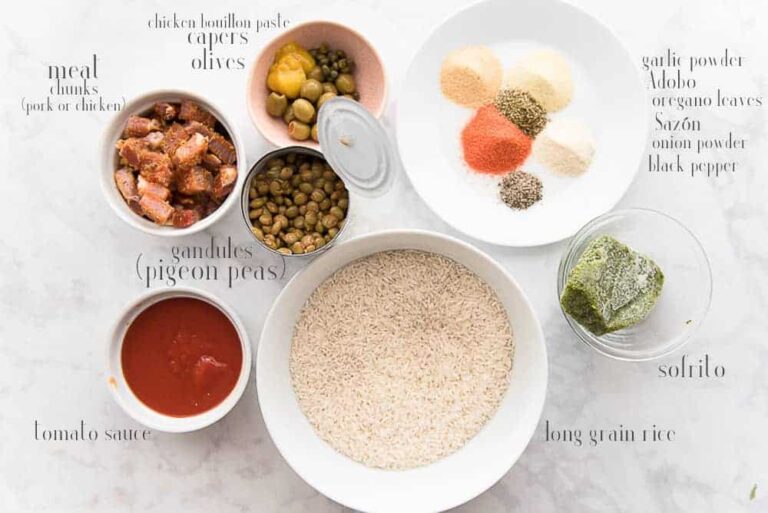

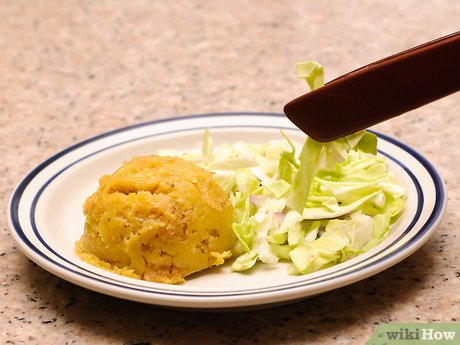

2 Comments